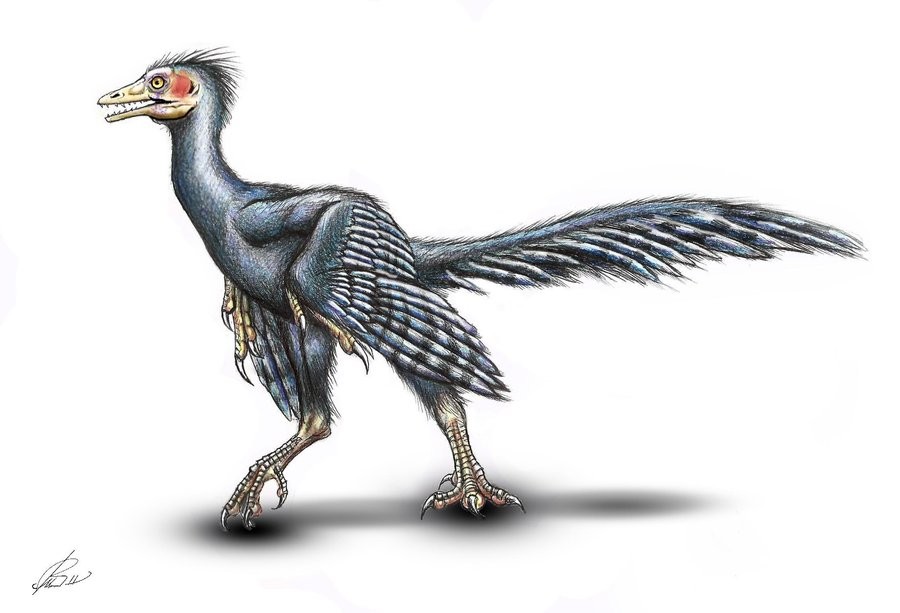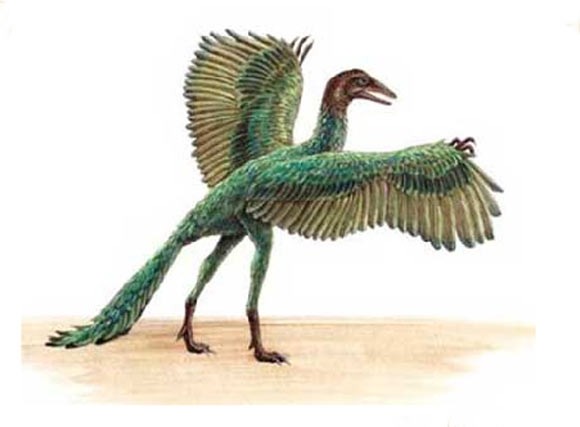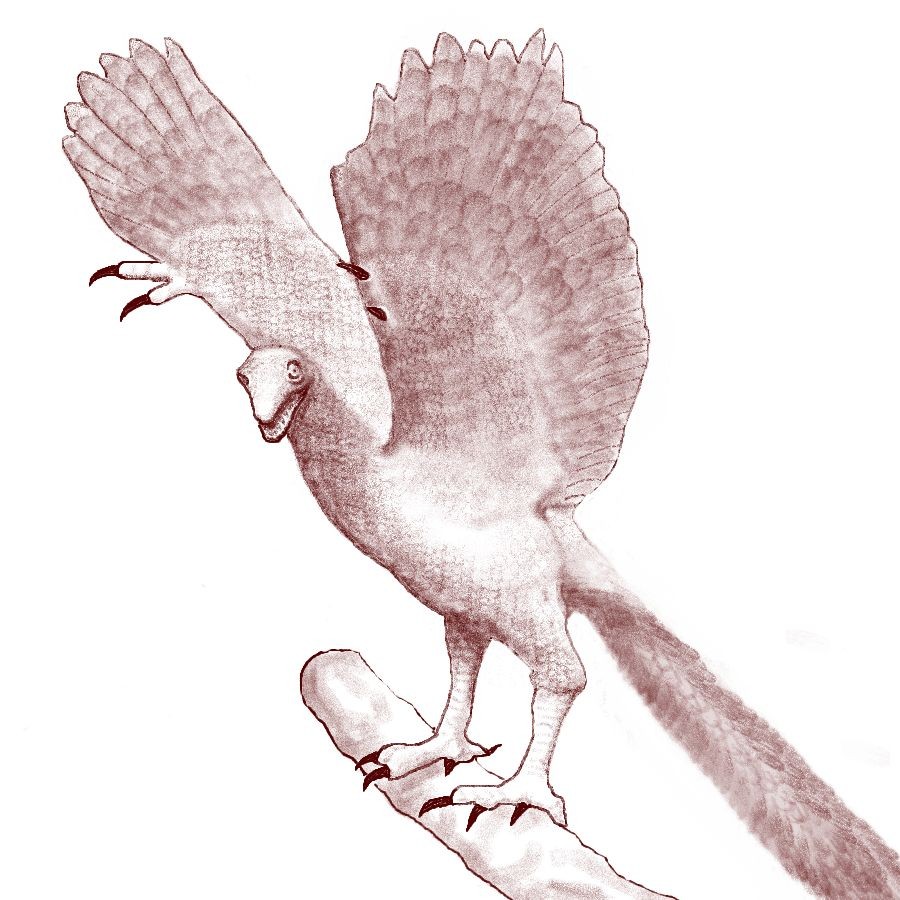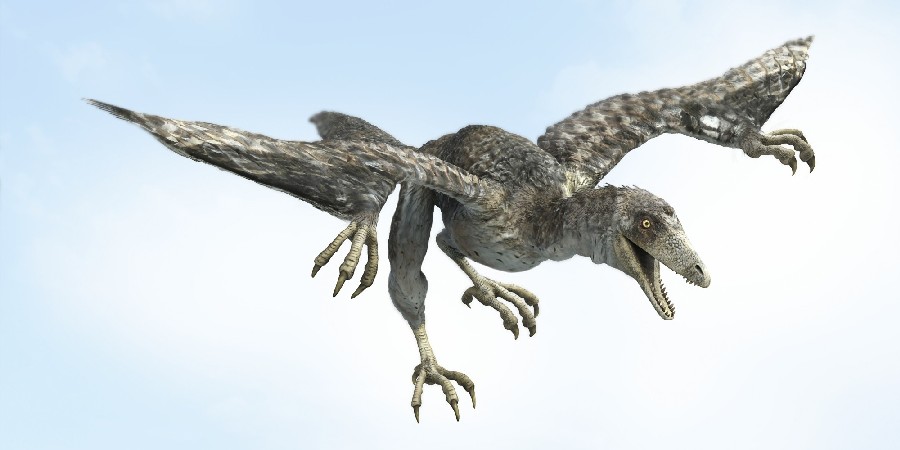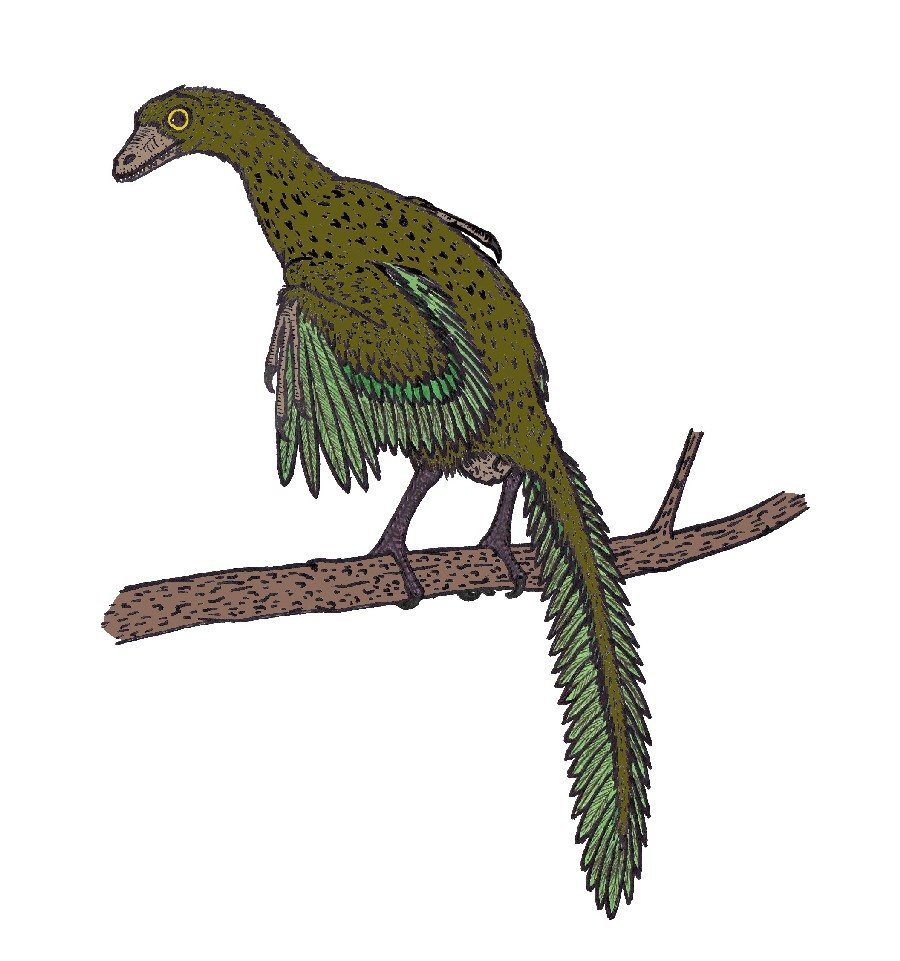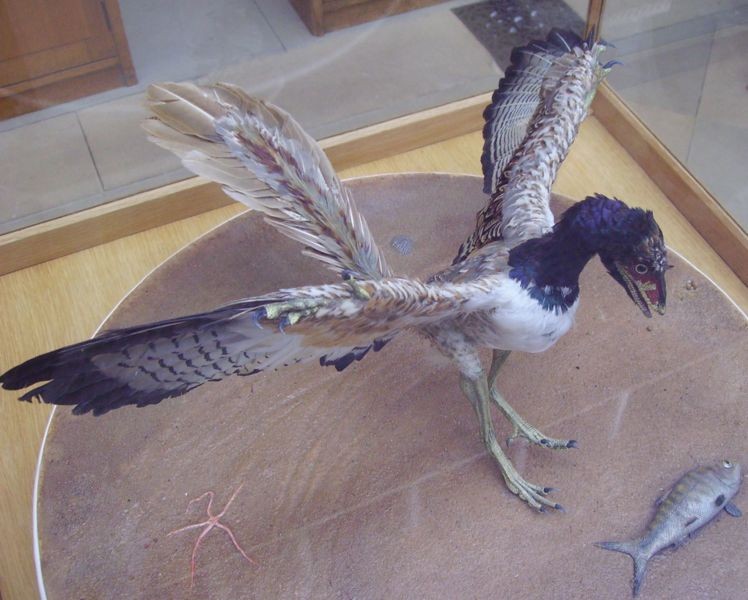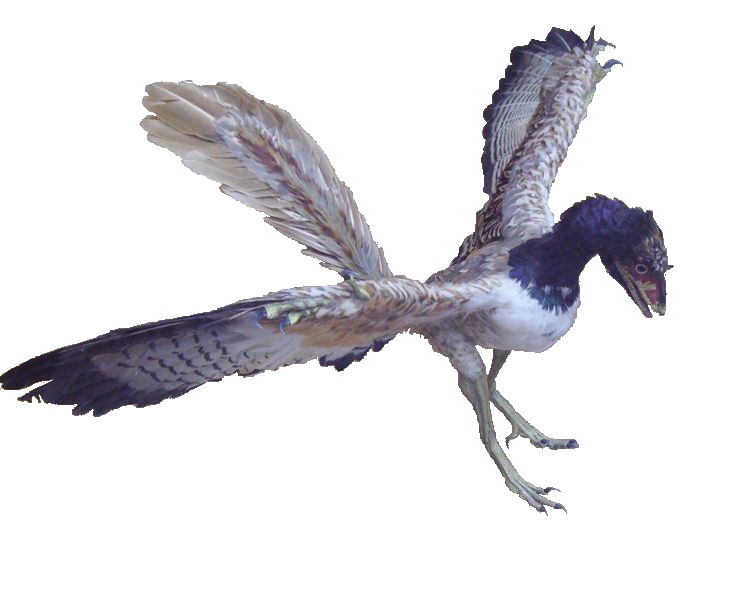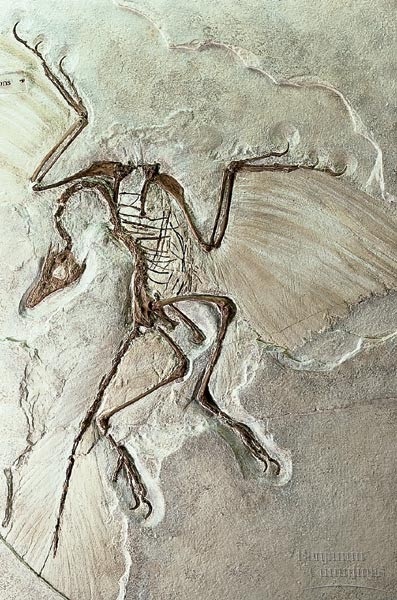База данных динозавров:
Общее количество образцов: 1365| name | Archaeopteryx (Археоптерикс) |
| period | Jurassic (Юрский период) |
| period_mya | 150 |
| date_from | 152.1 million years ago |
| date_to | Barremian Age (Барремский ярус) |
| date_from2 | 152.1 |
| date_to2 | 125 |
| lived_in | a coastal land (прибрежный пейзаж) |
| was_a | insectivore (насекомоядные) |
| reproduced_by | laying eggs (откладывание яиц) |
| url | https://dinosaurpictures.org/Archaeopteryx-pictures |
| description | Archaeopteryx was a small dinosaur, roughly the size of a pigeon. It had feathers, and a visually-adapted brain that was far in advance of most contemporary creatures in the late Jurassic. But it didn't have the kind of claws for secure perching on a branch. And ever since the first discovery in 1860 there has been controversy. Initially, Archaeopteryx was widely accepted as the “missing link” between dinosaurs and birds, and most commentators agreed to call it “the first bird”.With the discovery of a further 11 specimens, all from the limestone strata at Solnhofen in Germany, the experts are more cautious. The creature had distinctive reptilian features, and just a few that resembled the anatomy of modern birds, such as a wishbone. It had been incapable of raising its wings above the horizontal, so could only make half a flap.Nowadays, the experts think Archaeopteryx could have made only short upward flights, followed by a glide. For some, it is not the first avian species, but a highly important precursor of true birds, as one of the earliest steps on the evolutionary process which led to them. |
| articles | F. X. Mayr. 1973. Ein neuer Archaeopteryx-Fund [A new Archaeopteryx find]. Palaeontologische Zeitschrift 47(1/2):17-24 P. Wellnhofer. 1988. A new specimen of Archaeopteryx. Science 240(4860):1790-1792 H. v. Meyer. 1857. Beiträge zur näheren Kenntniss fossiler Reptilien [Contributions to the detailed knowledge of fossil reptiles]. Neues Jahrbuch für Mineralogie, Geognosie, Geologie und Petrefakten-Kunde 1857:532-543 O. W. M. Rauhut and C. Foth. 2018. The oldest Archaeopteryx (Theropoda: Avialiae): a new specimen from the Kimmeridgian/Tithonian boundary of Schamhaupten, Bavaria. PeerJ 6:e4191 M. T. Young and M. B. Andrade. 2009. What is Geosaurus? Redescription of Geosaurus giganteus (Thalattosuchia: Metriorhynchidae) from the Upper Jurassic of Bayern, Germany. Zoological Journal of the Linnean Society 157(3):551-585 O. Fraas. 1879. [Kralle (I. Phalanx) des Zanclodon laevis Plien.] [A claw (I. phalanx) of Zanclodon laevis Plien.]. Neues Jahrbuch für Mineralogie, Geognosie, Geologie und Petrefaktenkunde 1879:863 G. Hahn and R. Hahn. 2001. Multituberculaten-Zähne aus der Unter-Kreide (Barremium) von Pié Pajarón (Prov. Cuenca, Spanien). Palaeontologische Zeitschrift 74(4):587-589 P. Wellnhofer and M. Röper. 2005. The ninth specimen of Archaeopteryx from Solnhofen. 4th International Symposium on Lithographic Limestone and Plattenkalk, Eichstätt. Zitteliana B26:28-29 J. H. Ostrom. 1972. Description of the Archaeopteryx specimen in the Teyler Museum, Haarlem. Koninklijke Nederlandse Akademie van Wetenschappen – Amsterdam, Proceedings Series B 75(4):289-305 |
| habitat | coastal land (прибрежные земли) |
| motility | actively mobile (подвижный) |
| points | 48.9244 11.5897, 48.9939 11.2031, 48.8931 10.9617, 48.8928 10.9619, 49.0014 11.7033, 48.9333 11.15, 48.9 11.9, 48.8927 10.9903, 40.2244 -1.88528, 48.7925 10.9044, |
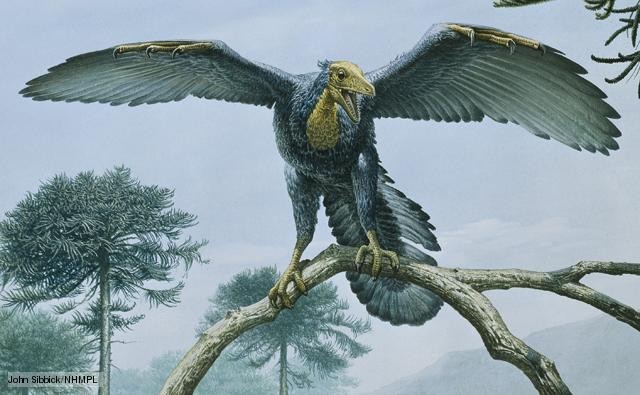
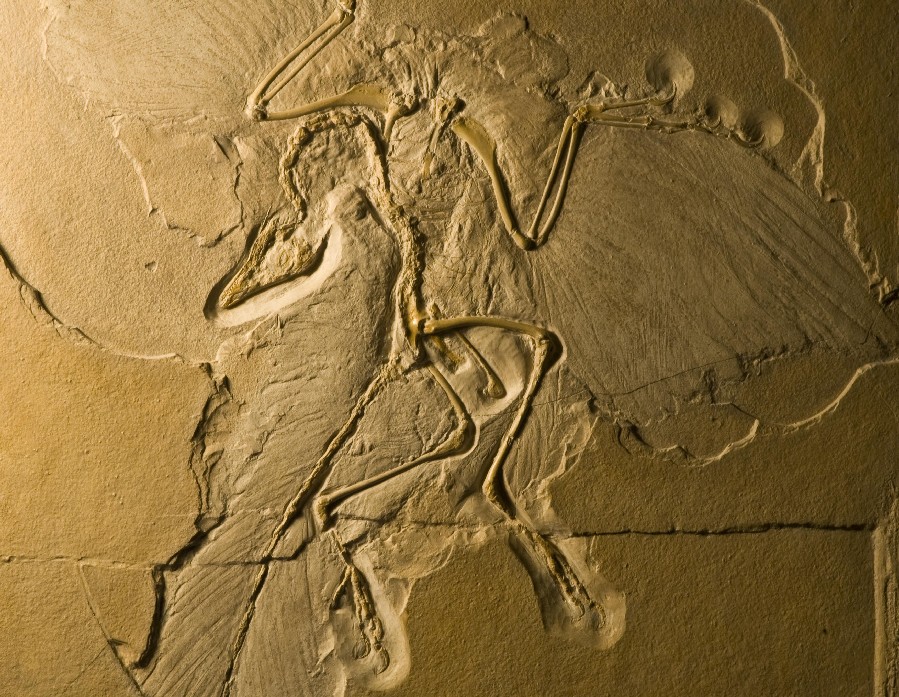

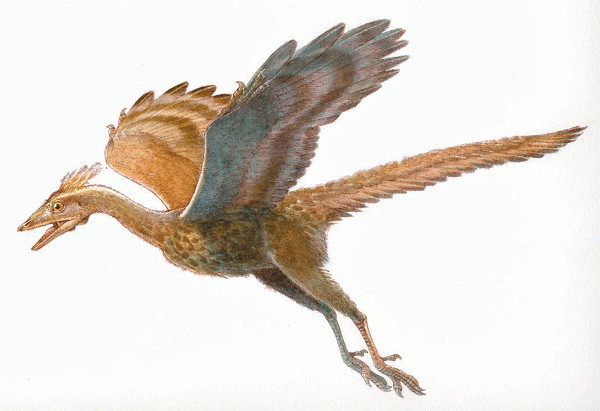
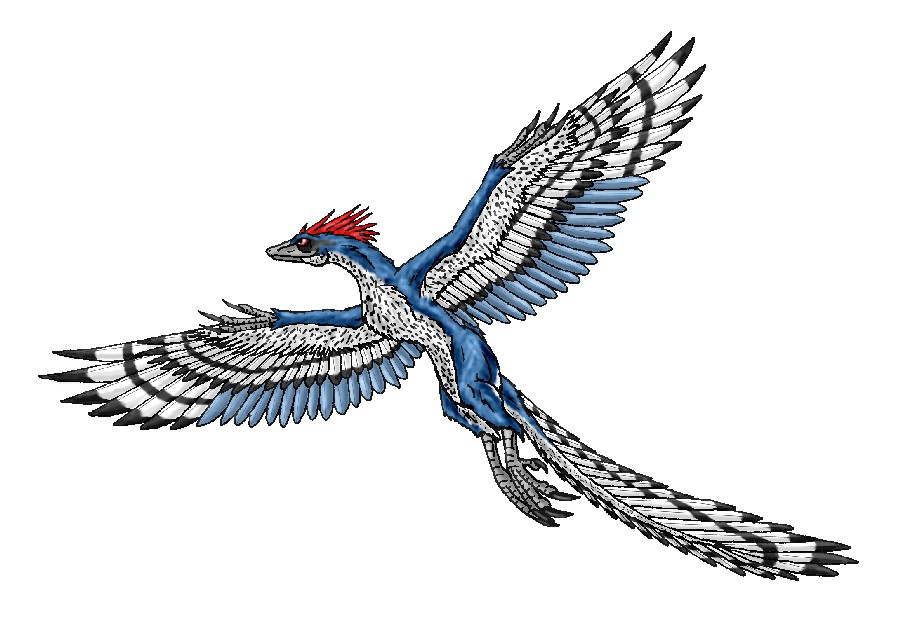

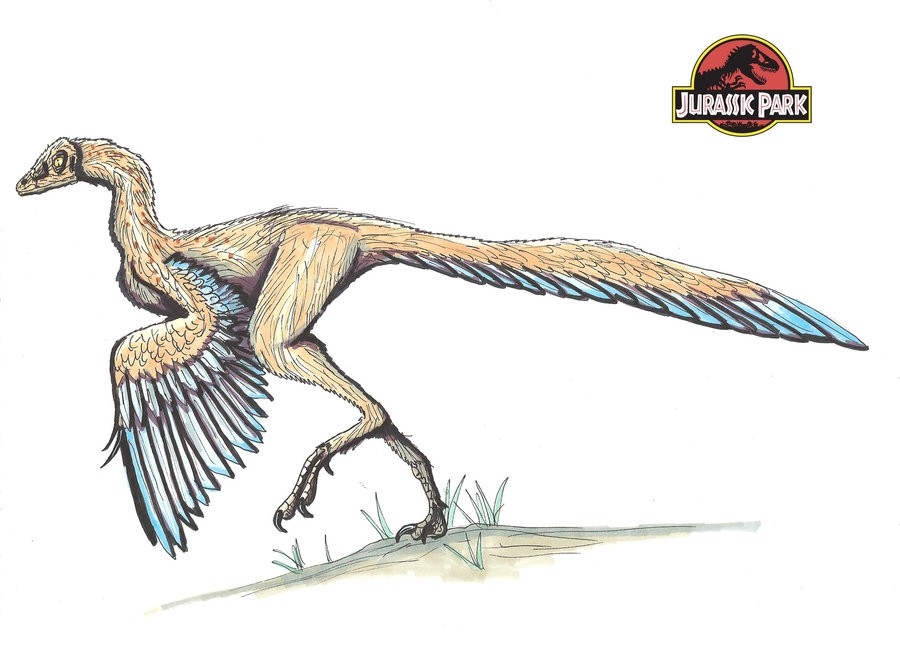
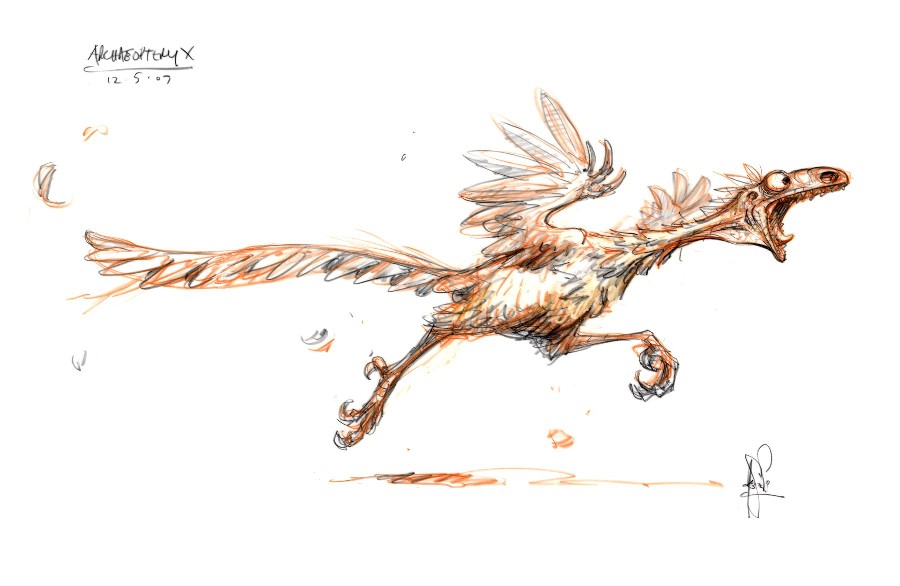
_c5ef.jpg)
